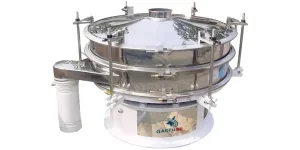Flour sifting machines are a very important component in bakery and food processing plants. They are used to sift flour and other grains to produce high-quality end products. However, selecting the right machine can be challenging, especially for new buyers. This is because the market presents buyers with different types of flour sifting machines, such as mechanical, hand-held, and vibro flour sifters.
This article discusses how buyers can select the appropriate flour sifting machines and the types available in the market. Additionally, it analyzes the market share of flour sifting machines.
Table of Contents
Flour sifting machines market share
Types of flour sifting machines
How to select flour sifting machines
Summary
Flour sifting machines market share

Globally, the demand for flour sifting machines has been experiencing an uptrend over the years. The growth of automation machines, demand for quality products, and competitive markets have expanded the demand. Also, the rise of private start-ups in food processing industries has led to an increase in the call for flour-sifting machines.
According to Market Research, the flour sifting machine market size was estimated at USD 296.00 million in 2021 and is expected to reach USD 402.82 million by 2028 at a CAGR of 4.5%. This is because of the increased demand for processed food products.
Some of the companies with a significant impact on the market share for flour sifting machines include Russell Finex, Rotex, Action Equipment Company, and General Kinematics Corporation. The dominant manufacturers in the market have developed new machine designs that meet consumer preferences and improve the quality of the flour.
Regions with high demand for flour sifting machines include Europe, North America, Asia Pacific, Africa, and the Middle East. The driving force for the increased demand in the regions is the growth of the food processing industry.
Types of flour sifting machines
1. Vibro sifters
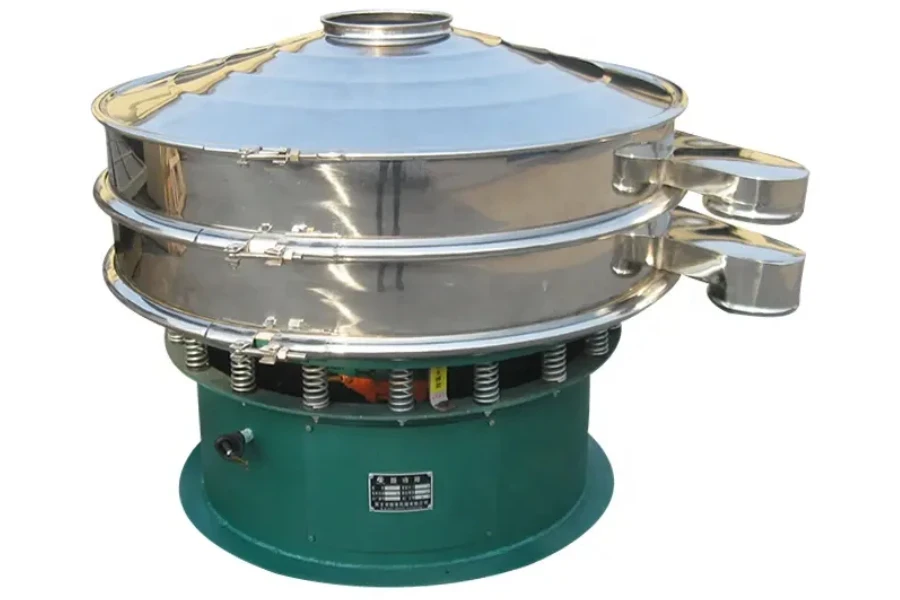
Vibro flour sifting machines are used to separate impurities and foreign particles from flour in food processing industries. The working principle of the vibro sifter is the use of a vibrating motor to produce horizontal, circular motion causing materials to move across the sieve surface.
Some of the features in the machine include a sieve, a base, an eccentric motor, and a vibrating component. Vibro sifter machines are efficiently designed and can be easily handled. They require minimal maintenance and are equipped with a dust-proof cover to prevent any contamination.
2. Hand-held flour sifters
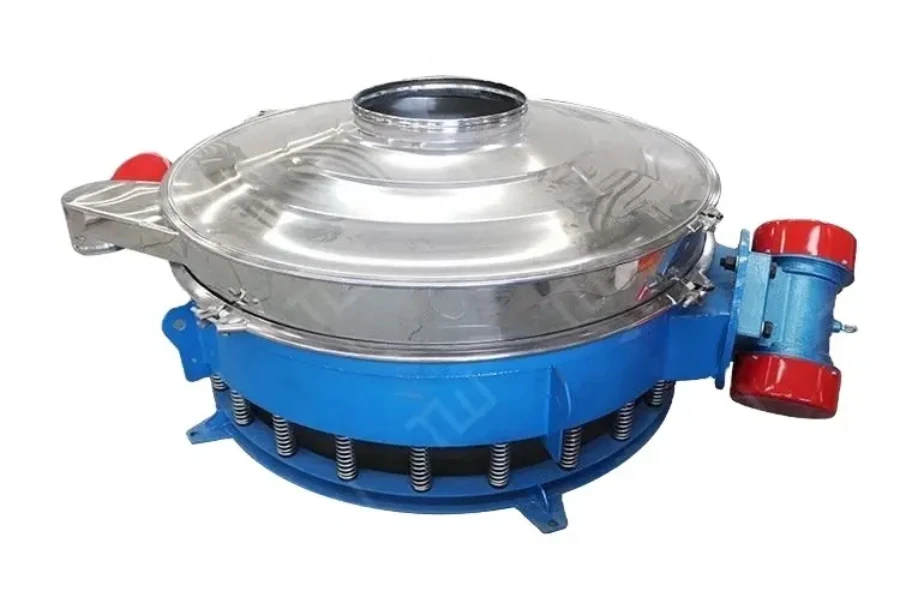
A hand-held sifter is a type of flour sifting machine that is operated manually. Some of the specifications of this sifter include a cylindrical container with a mesh, a handle on one side, and a crank on the other side. They are made from metal, such as stainless steel or aluminum, and they are available in various sizes.
Hand-held sifters are strong, lightweight, and easy to use. Also, they are very affordable, making them best for small bakeries and home bakers.
3. Mechanical flour sifters
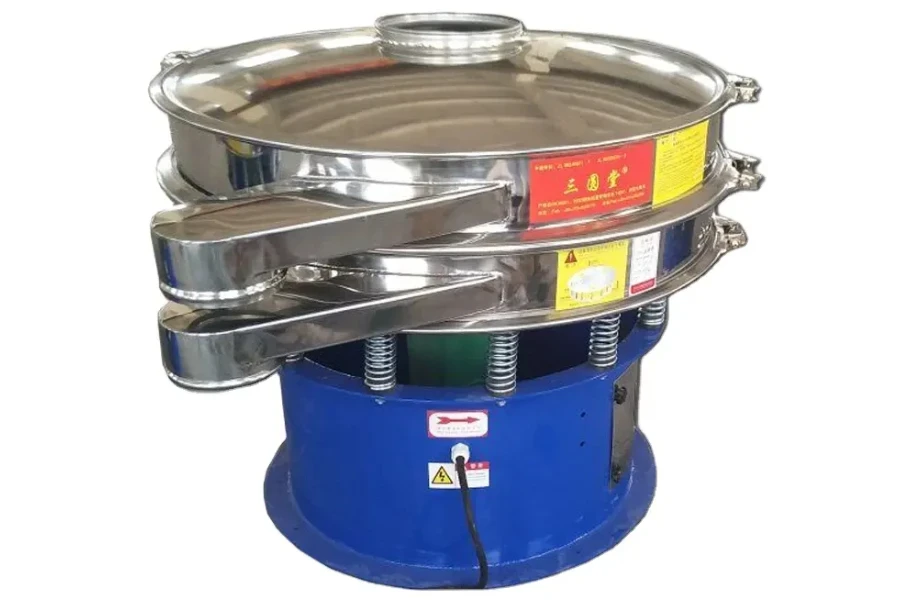
The mechanical flour sifter requires mechanical power to sift flour and other dry grains. It consists of a container for holding flour, a motor, a number of series screens, and another container for holding flour after sifting.
To operate mechanical sifters, users need to load the flour into the container and ignite the machine. The motor rotates the drum to provide motion and move the flour through the screens to sift it into different grades. Mechanical flour sifters are very powerful and efficient, making them a great choice for commercial baking operations.
4. Gravity flour sifters
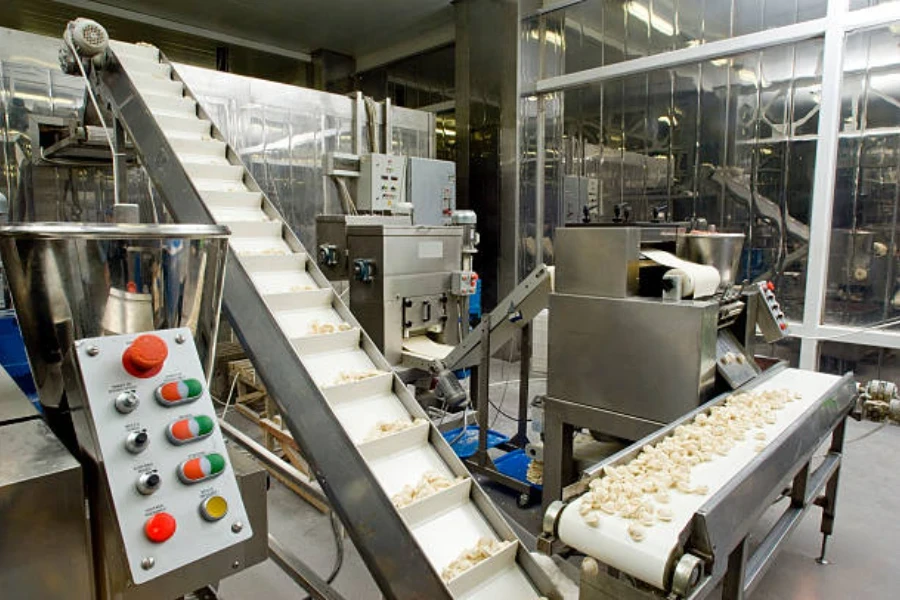
A gravity flour sifter relies mainly on gravity to sift flour; the machines consist of hoppers, a series of screens, and collection containers. These sifters can be operated manually or automatically.
When using a gravity flour sifter, users load flour and let it flow downwards through a series of screens. The flour is sifted into different grades in relation to consumer preference. Gravity sifters are commonly used in the quick and accurate sifting of large quantities of grains.
5. Direct discharge sifters
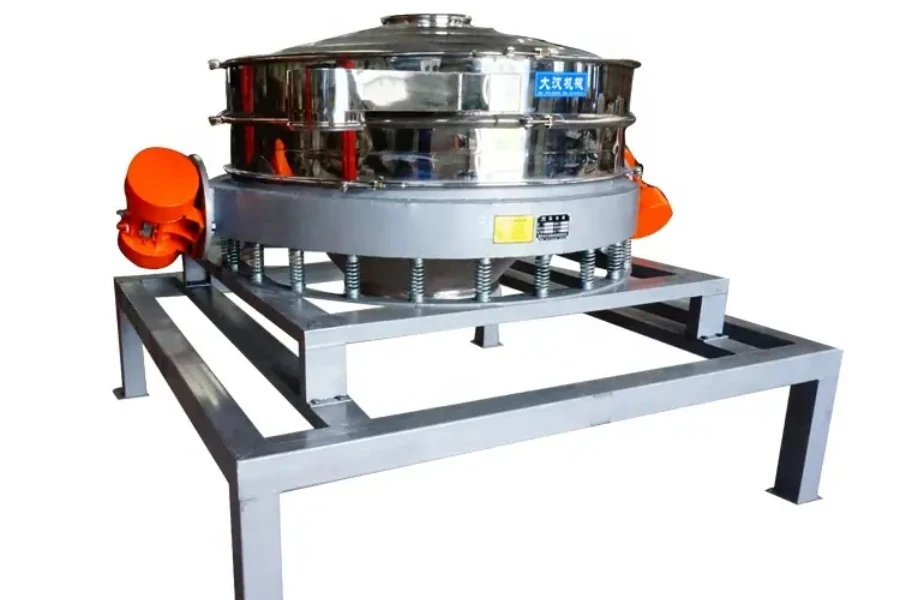
A direct discharge sifter is designed to sift large quantities of flour or other ingredients faster and more efficiently. The machine contains a cylindrical container with a series of mesh, a motor, and a collection container.
Direct discharge sifters are used for large-scale baking operations. The key role of the sifter is to remove foreign particles, giving out smooth end products for good baking performance.
How to select flour sifting machines
1. Cost
Currently, the market presents buyers with different prices for sifter machines. On average, flour sifter machines cost between USD 500 and USD 1000. The cost is estimated by the capacity, size, and level of automation, including other features.
The maintenance cost is also important to consider when evaluating the total cost; regular maintenance of the sifter machine extends its lifespan. When purchasing a sifter machine, the long-term value of the machine should be considered.
2. Capacity
Capacity refers to the amount of flour that can be sifted through the flour sifter machines at once. A basic flour sifter machine has a capacity of 1-2 tons of flour per hour, while an advanced machine can sift up to 5 or 10 tons of flour per hour. The amount of flour sifted can be affected by several factors, including the size of the machine, the type of flour to be sifted, and the specific needs of the bakery.
When considering the capacity of the machine, the following key points need to be kept in mind: volume of the flour, type of flour, level of automation, and availability of space in the factory.
3. Type of sifter
The type of sifter bought determines efficiency, accuracy, and the quality of the end product. When selecting the type of sifter, whether it be mechanical or hand-held, it is important to check on the specs such as the number of sieves available in the sifter machine.
4. Sieve diameter
The sieve diameter of a sifter machine determines the amount of flour that can be sifted in a given period. Sieve diameters are categorized into large and small. On average, the sieve diameter of a flour sifter machine ranges from 20 to 40 inches.
Machines with large sieves are best suited for large-scale operations, while smaller sieve diameters are suitable for small-scale operations. It is essential to check on the particle size, machine cost, and efficiency of the sieve diameter.
5. Durability
Durability determines the lifespan and the overall value of the flour-sifting machines for a period of time. A well-maintained flour sifter machine can last anywhere from 10 to 20 years—or more depending on the design of the machine, warranty, cost, and material used for construction.
Flour sifting machines made from stainless steel are perceived to be of high quality, and their lifespan potential is long.
6. Layers
Sifting machines come with numerous layers that provide faster and more efficient sifting of the flour. Also, the capacity, efficiency, and particle size of the material have an impact on the successful operation of the sifter machine. On average, a flour sifter machine has between one and four layers of sifting screens.
Summary
Selecting the right flour sifting machine is a very important decision to be made by the buyer; it can greatly impact the general production of the bakery or any other food processing plant. Buyers should consider the types of sifting machines and tips such as cost, durability, layers, and capacity, among others. To get more insights on the different types of flour-sifting machines in the market, visit Alibaba.com.
